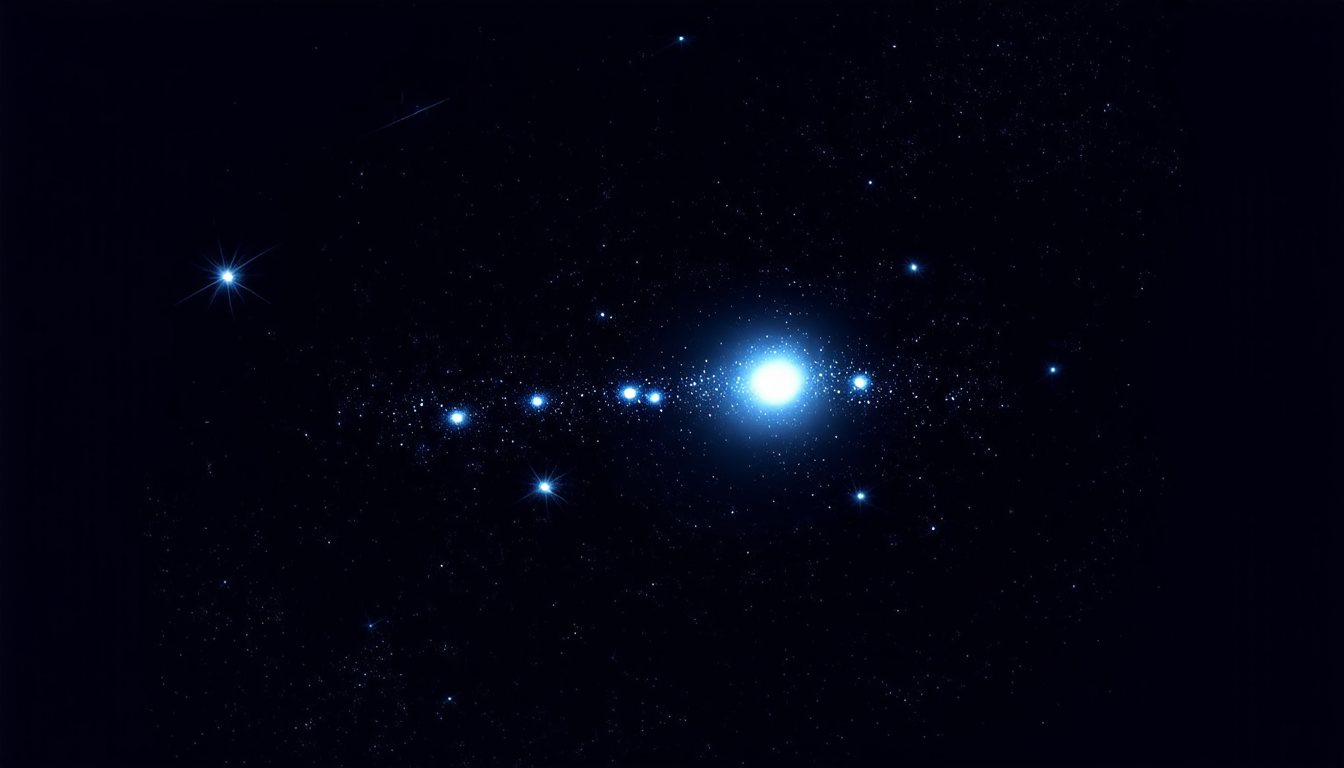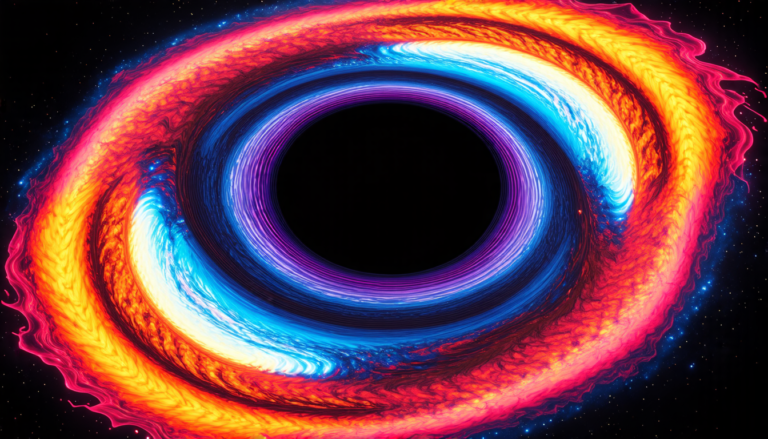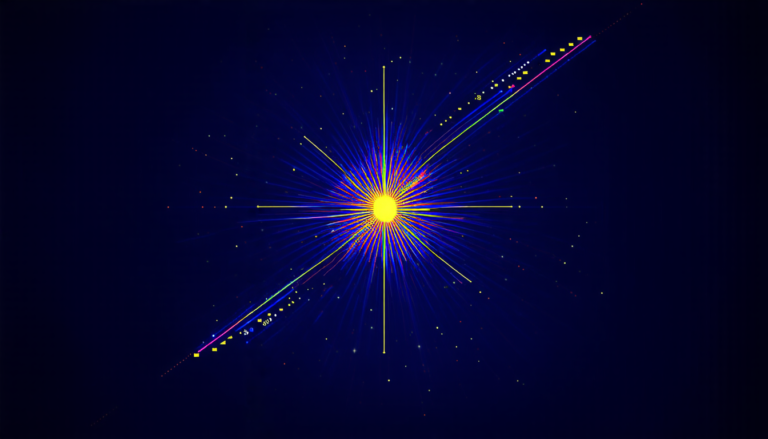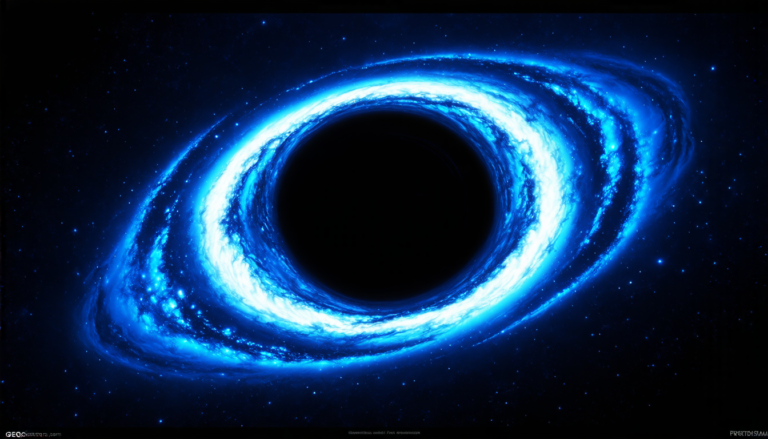Monday 15 September 2025
A team of astronomers has made a remarkable discovery in the field of white dwarf stars, shedding new light on their formation and evolution within globular clusters.
Globular clusters are densely packed collections of ancient stars that orbit around the centre of galaxies. These clusters are thought to have formed around 10 billion years ago, during the early days of our universe. Over time, these clusters have evolved significantly, with many of their constituent stars reaching the end of their lives and becoming white dwarfs.
White dwarf stars are incredibly hot and dense objects that are left behind after a star like our Sun exhausts its fuel and dies. They are so dense that a sugar-cube-sized amount of their material would weigh about the same as an elephant on Earth. Despite their intense heat, these stars emit very little light and are difficult to detect.
The team used data from the Ultra Violet Imaging Telescope (UVIT) mounted on AstroSat and from the Hubble Space Telescope to study 17 FUV bright white dwarf members in the globular cluster NGC 362. By analyzing the multi-wavelength spectral energy distributions of these stars, they were able to determine their parameters, including temperature, radius, luminosity, and mass.
The findings suggest that four of the white dwarfs fit single-component models well, while three showed a good fit with two-component models, indicating the presence of binary systems consisting of a white dwarf and a low-mass main-sequence star. The effective temperatures, radii, luminosities, and masses of these stars range from 22,000 to 70,000 Kelvin, 0.008 to 0.028 solar radii, 0.09 to 3.0 solar luminosities, and 0.30 to 1.13 solar masses, respectively.
The detection of massive white dwarfs in globular clusters has significant implications for our understanding of stellar evolution and the formation of fast radio bursts (FRBs). FRBs are brief, intense pulses of energy that originate from distant galaxies and have been detected by radio telescopes. They are thought to be produced by cataclysmic events such as supernovae or neutron star mergers.
The study provides evidence that NGC 362 hosts stellar systems that may evolve into exotic stars like Type Ia supernovae, which are powerful explosions that occur when a white dwarf star in a binary system accumulates material from its companion and reaches a critical mass.
Cite this article: “Unveiling the Secrets of White Dwarf Stars in Globular Clusters”, The Science Archive, 2025.
Here Are The Keywords: Astronomy, White Dwarf Stars, Globular Clusters, Star Formation, Stellar Evolution, Uvit, Astrosat, Hubble Space Telescope, Fast Radio Bursts, Type Ia Supernovae







